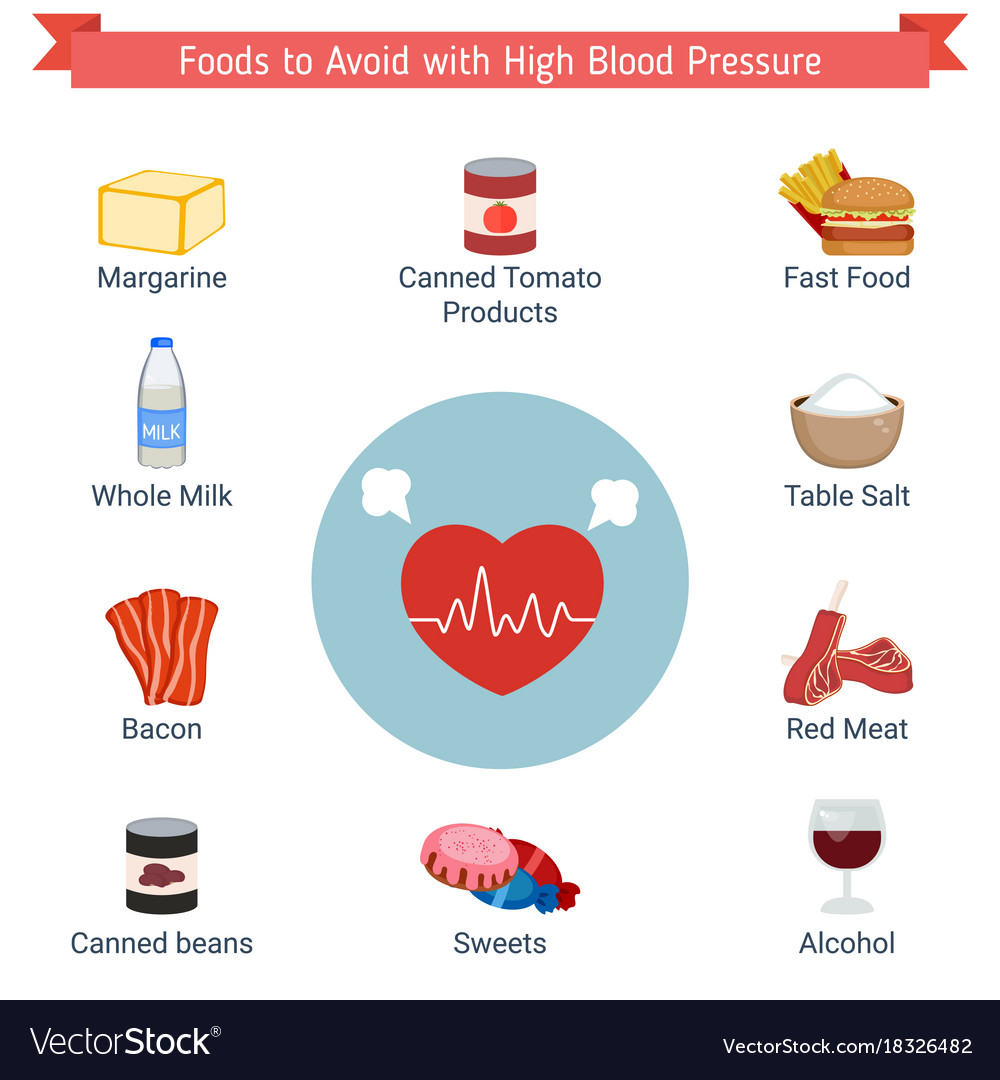Comprehending Various Sorts Of Hernias And Also The Cosmetic Surgeon'S Duty

Web Content Create By-McClellan Albright
A rupture happens when fat or part of the intestinal tract pushes with muscular tissue that should be holding it back. This can be excruciating, as well as it typically will not vanish on its own.
Often hernias require to be dealt with operatively. That's when doctors take into consideration alternatives like releasing muscles, reinforcing the abdominal wall or part separation.
Inguinal hernia
A small part of the intestinal tract jabs through a weak spot in your abdominal muscles near your groin (the inguinal canal is a flow in the lower part of your abdomen that houses capillary and nerves, including the spermatic cable for men as well as the ligaments that sustain a lady's uterus). You can have this hernia repaired surgically.
Throughout surgical treatment, your doctor can see the hernia making use of a video camera connected to an extent that is placed with a number of small cuts on your stomach. An additional device might be placed with the exact same cuts to help fix the hernia.
After hernia repair, it is essential to follow your doctor's recommendations for avoiding problems. This indicates reporting any kind of hernial pain or pain that reoccurs, or becomes worse. It's also essential to stay clear of heavy lifting as well as straining, particularly while you're urinating or coughing. A rupture that becomes trapped and also pinched sheds its blood supply (it's called imprisonment) and also can pass away, which is a clinical emergency.
Umbilical hernia
In the womb, babies pass through a tiny opening between their abdominal wall muscles near the stubborn belly switch (umbilicus). Usually https://click4r.com/posts/g/12304021/ closes prior to birth, but in some cases it does not. This creates a rupture in 20 percent of all infants.
Umbilical ruptures resemble a swelling or lump in the tummy switch. They are most noticeable when a baby cries or stress. The bulge will obtain smaller sized or vanish when the youngster is calm. Periodically, umbilical hernias get stuck (called put behind bars) and also do not receive ample blood supply. This can create pain and even fatality of the cells in the hernia cavity.
The majority of umbilical ruptures will certainly shut without therapy by themselves by age 4. When they do not, physicians at Mount Sinai generally fix them with mesh. This method is related to less recurrences than main suture repair work. The surgery is done with a tiny cut inside or below the stomach button. A medical mesh is put over the hernia site to provide long-lasting stamina.
Incisional hernia
This sort of hernia occurs at the website of a previous medical injury. It usually takes place when a loop of the intestine slides via the weakness at the edge of a surgical injury that has stopped working to recover correctly because of infection or injury.
This is a dangerous hernia due to the fact that the intestinal tract can end up being incarcerated and also need instant clinical treatment. It can additionally create persistent pain, and the hernia might recur even after surgery.
The specialist could utilize a slim, lighted scope (called a laparoscope) to make numerous tiny cuts (cuts). https://squareblogs.net/mikki5ulysses/recognizing-different-kinds-of-hernias-and-surgical-fixing-options , they could remove excess fat and also tissue around the hernia as well as repair the weak area of the abdominal wall surface. They may likewise put in a mesh spot that holds the protruding intestine and also prevents it from pushing through again. https://screenrant.com/90-day-fiance-ariela-biniyam-aviel-urgent-surgery/ may close the hernia with dissolvable sutures or medical adhesive and location a plastic or mesh graft over the weakness in the abdominal area.
Hiatal hernia
One of the most typical type of hiatal hernia is a moving (type I) hernia. This takes place when the junction in between your esophagus and also tummy extends up through the gap in your diaphragm right into your upper body tooth cavity. This can trigger indigestion and difficulty ingesting.
Larger hernias, called paraesophageal (type II, III and IV) or diaphragmatic (kind V) hernias, can be really dangerous and may require prompt surgery. These can lead to lung troubles as well as pneumonia, or can squeeze the belly so tightly that its blood supply is removed.
BWH thoracic surgeons carry out laparoscopic surgical procedure to lower the dimension of hernias and to prevent strangulation. This involves making a few tiny cuts in your belly and placing a tube with a cam that sends out pictures to a display. This enables doctors to see what they are doing and offers a far better recuperation.

